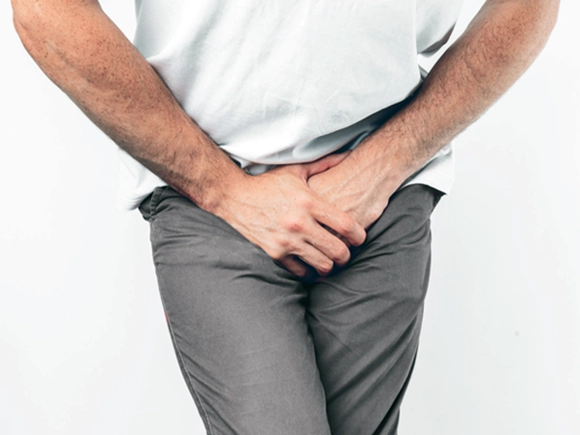Urinary Incontinence After Prostate Surgery

Urinary Incontinence After Prostate Surgeries
Urinary incontinence following prostate surgery is a significant clinical condition that causes severe stress for patients. Although it usually occurs after radical prostatectomy performed for prostate cancer treatment, it can also be seen after TURP (transurethral resection of the prostate) surgery done for benign prostatic hyperplasia.
Several studies have been conducted to determine which patients are likely to recover from urinary incontinence. Younger patients, those with smaller prostate glands removed during surgery, and those showing a longer membranous urethra on MRI are considered more likely to regain urinary control. Studies have not found a relationship between the surgical approach and the incidence of urinary incontinence after surgery in men. There is no difference in urinary incontinence rates between open radical prostatectomy and robot-assisted radical prostatectomy. It has been reported that when bilateral neurovascular bundles are preserved during radical prostatectomy, urinary control improves by 26% at 6 months post-surgery. However, the possibility of preserving both neurovascular bundles depends on the extent of cancer spread.
Patients should be informed before prostate surgery that urinary leakage may occur during sexual arousal, foreplay, or masturbation. Urinary incontinence associated with orgasm, known as climacturia, may also occur. The reported frequency of climacturia after radical prostatectomy varies, with some studies reporting rates as high as 90%, although the average accepted rate is around 30%. About half of patients find this condition distressing, and one-third of those affected may avoid sexual activity altogether. The mechanism involves bladder contraction during orgasm combined with sphincter insufficiency. While there is no definitive cure, some studies have shown that sling surgeries used to treat male urinary incontinence may provide benefit for climacturia.
Important Points Regarding Urinary Incontinence in Men:
- Patients scheduled for radical prostatectomy must be informed about the possibility of urinary incontinence after surgery. It should be explained that this incontinence may persist for up to one year postoperatively and, in some cases, may become permanent.
- The risk of urinary incontinence is higher in patients who undergo TURP (transurethral resection of the prostate) or radical prostatectomy after radiation therapy.
- Pelvic floor muscle training and exercises should be started immediately after radical prostatectomy.
- If severe urinary incontinence persists after prostate surgery and does not respond to other treatments, surgical options for incontinence should be considered starting from the 6th month post-surgery.
- For severe urinary incontinence in men, an artificial urinary sphincter (AUS) should be considered as a treatment option.
- Before implanting an artificial sphincter, the patient’s physical and mental ability to operate the device must be assessed.
- If an artificial sphincter is to be implanted, a single-cuff sphincter via the perineal approach is recommended.
- Sling surgeries are preferred for mild to moderate male urinary incontinence; in severe cases, the gold standard treatment is the artificial urinary sphincter.
- Patients receiving an artificial urinary sphincter should be informed that its effectiveness may decrease over time and approximately 30% may require reoperation within 10 years.
- If bladder neck contracture accompanies urinary incontinence after prostate surgery, priority in treatment should be given to addressing the contracture.
